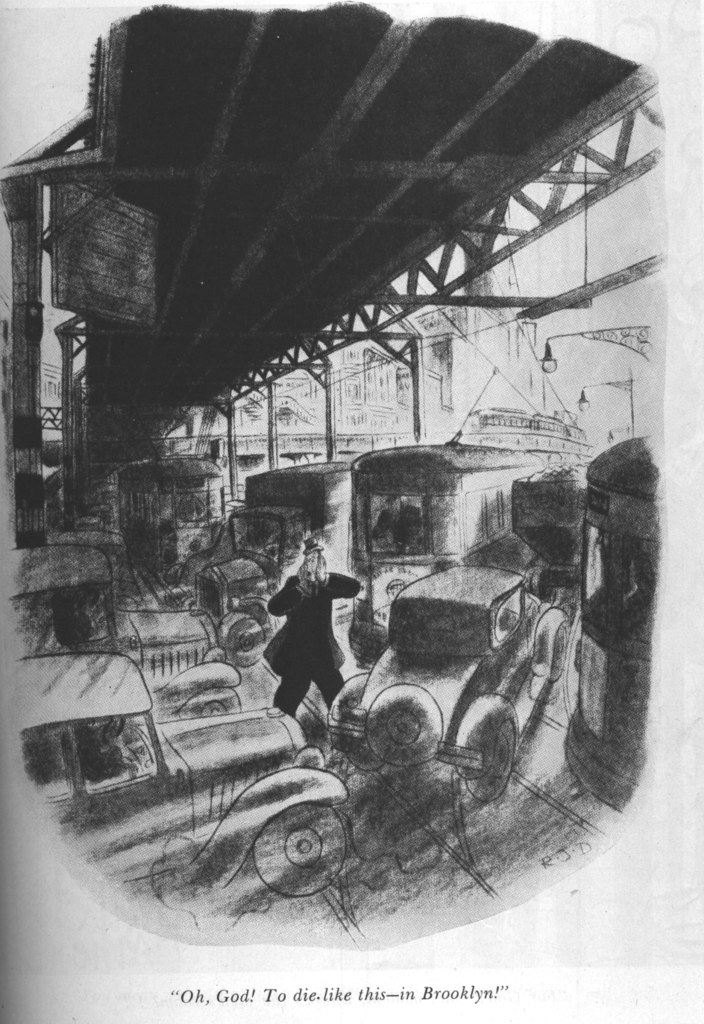MisterCairo
I'll Lock Up
- Messages
- 7,005
- Location
- Gads Hill, Ontario
And to this day the rule proves astute as, every once in awhile, there will be a subway or train accident cause by an inebriated operator.
Coincidentally, this was just posted on the CBC. Although not a transit operator, the TTC in Toronto has started randomly testing for drugs and alcohol, and employee number one tested, "blew" at the company's .04 limit:
http://www.cbc.ca/news/canada/toronto/ttc-worker-drug-test-1.4108340





